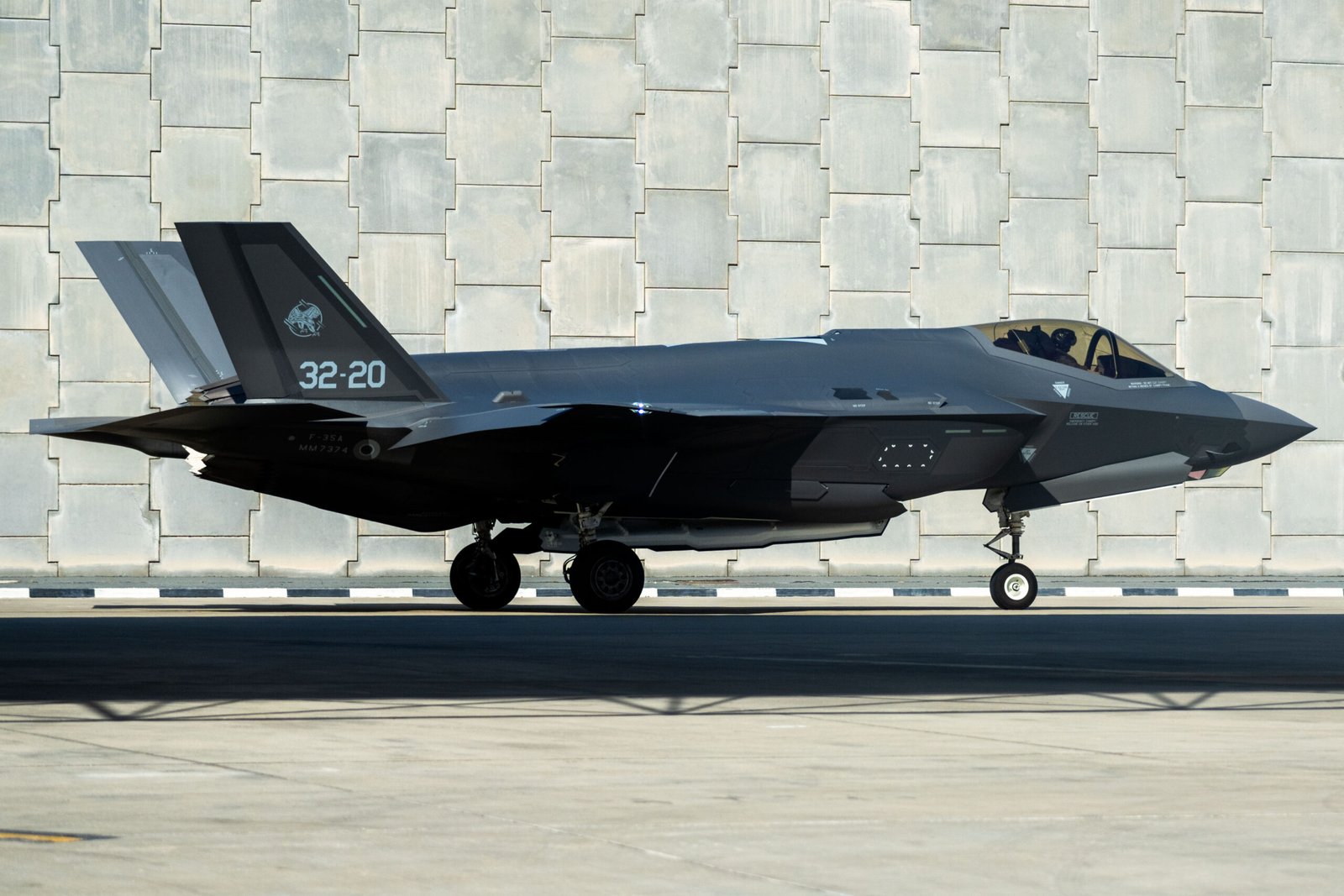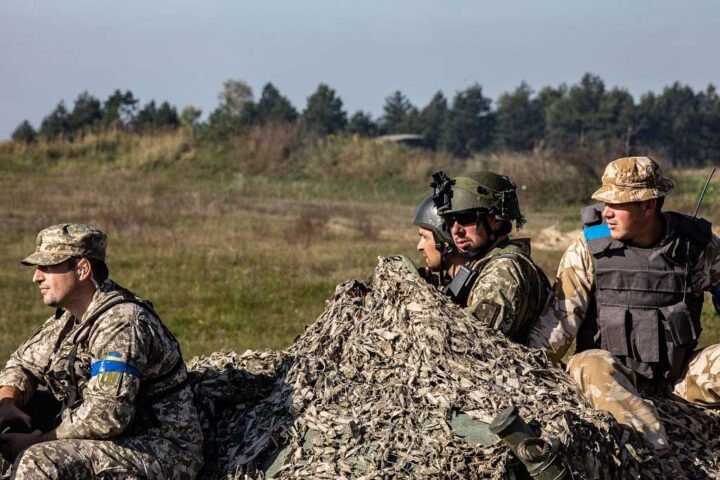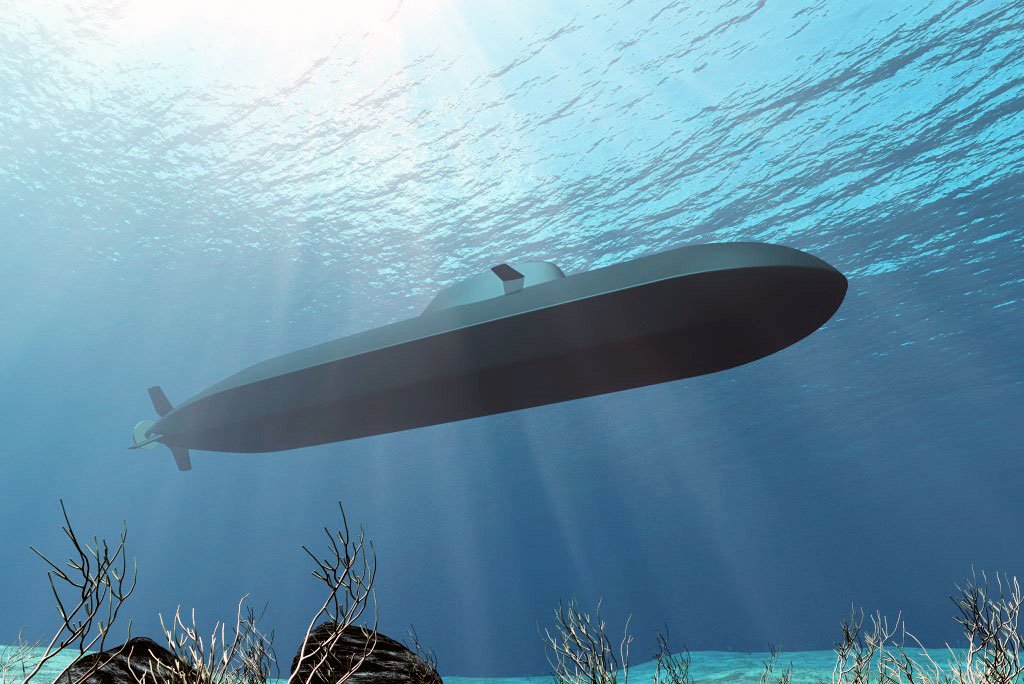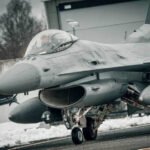The Italian Air Force operates the fifth-generation F-35 aircraft, recognized as the world’s most advanced fighter jet due to its exceptional operational capabilities. For the Aeronautica Militare, the F-35 represents an indispensable enabler for successfully conducting modern aerospace operations, especially within highly contested and denied environments.
As a cornerstone of Italy’s national air defense strategy and power projection capabilities, the F-35 serves a critical role within NATO and international defense contexts. The Italian Air Force has chosen two variants to fulfill its operational requirements: the F-35A (CTOL – Conventional Take-Off and Landing) and the F-35B (STOVL – Short Take-Off and Vertical Landing).
According to the operational needs defined by decree SMD 02/2009, Italy initially identified a total requirement for 131 F-35 aircraft, including 109 for the Air Force (79 F-35A and 30 F-35B), with the remaining 22 F-35B designated for the Italian Navy.
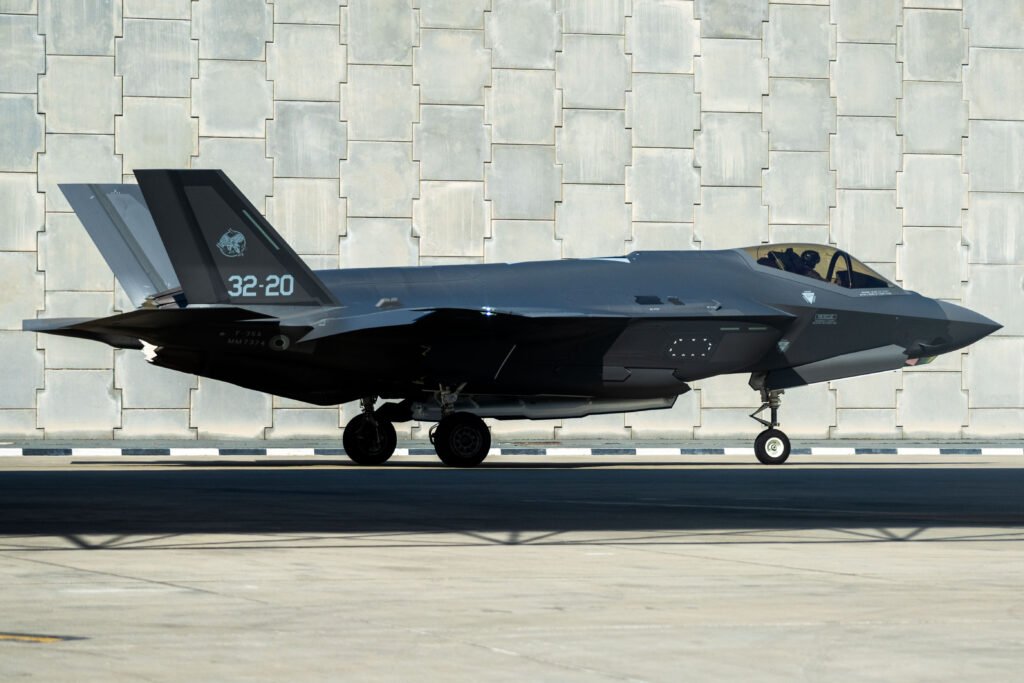
Currently, the authorized procurement number for the Italian Air Force is 95 aircraft (75 F-35A and 20 F-35B), of which 28 have already been delivered, comprising 26 F-35A and 2 F-35B units. These aircraft operate primarily from two Main Operating Bases (MOB): the 32nd Wing at Amendola and the 6th Wing at Ghedi, as well as from the 156th RAMI Squadron located at Luke Air Force Base (USA).
A significant milestone achieved in 2024 was the initiation of the major hardware and software upgrade known as Tech Refresh-3 (TR-3). This update enables the integration of a new suite of advanced systems supporting future enhancements, significantly boosting the aircraft’s kinetic capabilities through advanced weapons integration and enhancing non-kinetic capabilities, including electronic warfare (EW), data-link improvements, enhanced communications, and advanced infrared and electro-optical sensors. Such updates are essential in broadening the spectrum of usable weaponry and overall operational effectiveness.
Moreover, 2024 has seen intensified integration efforts between fourth- and fifth-generation fighter jets, a crucial strategy for modern air forces seeking to leverage existing aircraft strengths with cutting-edge capabilities. Fifth-generation fighters, characterized by unprecedented situational awareness and network-centric warfare capabilities, process and distribute substantial real-time data, thus securing superiority in decision-making and target acquisition.
These integration activities demonstrate that fifth-generation assets, such as the F-35, can significantly enhance the flexibility, adaptability, and operational effectiveness of fourth-generation platforms like the Eurofighter, currently representing the backbone of the Italian Air Force. This strategic integrated employment is essential for maintaining contemporary air power superiority and ensuring the necessary security framework that only the Air Force can provide at this scale.
Further enhancing interoperability at the national and international levels, Italian F-35 units participated extensively in multinational exercises, notably the “Pitch Black 24” international exercise in Australia (July 12 – August 2, 2024) and the “Rising Sun 2024” joint exercise with Japan’s Air Self-Defense Force (August 6–9, 2024), both crucial components of the broader Indo-Pacific air campaign.

